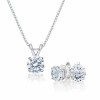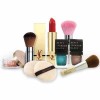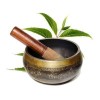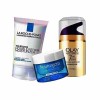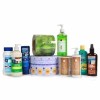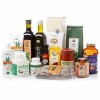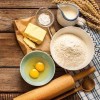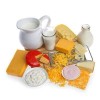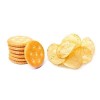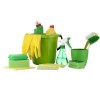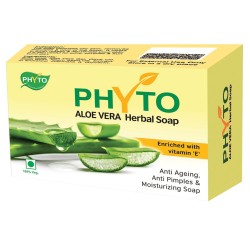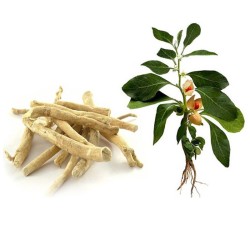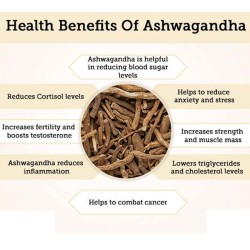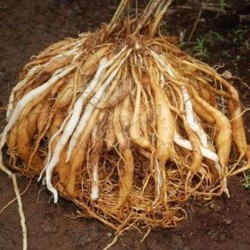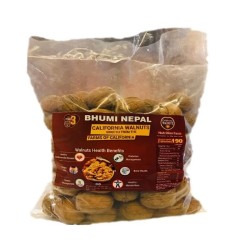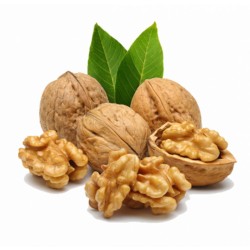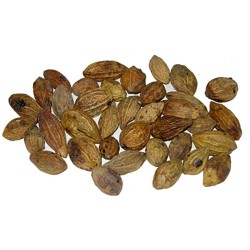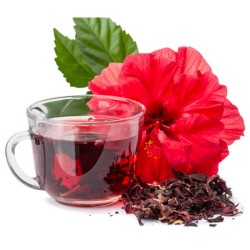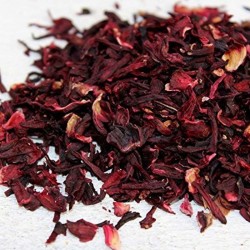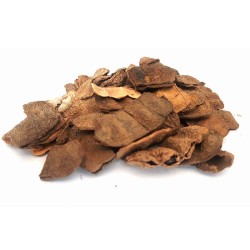Health benefits of Licorice (Mulethi)-250gm
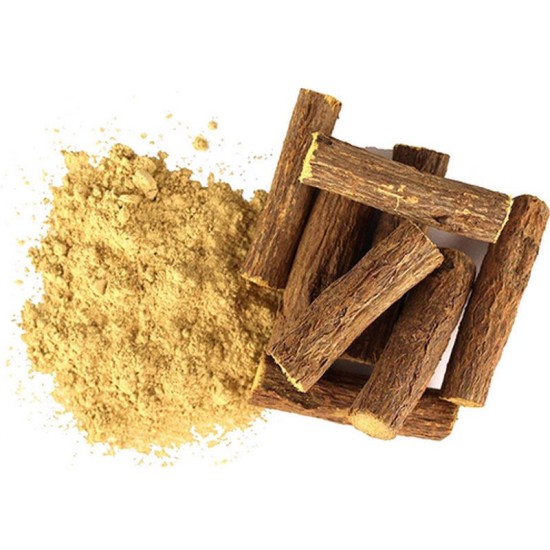
Licorice root, also known as sweet root, is used mostly as a sweetener in candies and beverages. People have also used licorice root for centuries for its medicinal benefits.
The medical community is starting to be more accepting of the overall holistic benefits of licorice. However, it’s important to note medical research hasn’t proved some of these health benefits.
- Soothes your stomach
- Cleanses your respiratory system
- Reduces stress
- Assists cancer treatment
- Protects your skin and teeth
- Promotes a Healthy Liver
- Prevents Balding
- Treats Chronic Fatigue
- Acts as Internal Sunblock
- Treats Eczema
- Heals Canker Sores
- Soothes Inflammation
- Stimulates the Immune System
- Prevents Diabetes
- Protests the Prostate
Liquid extract
Licorice extract is the most commonly found form of licorice. It’s used as a commercial sweetener in candies and beverages.
Powder
Health food stores and online specialty retailers sell licorice powder. Combined with a gel base, it can become a topical ointment that clears the skin.
In its powder form, licorice is especially helpful in treating eczema and acne. You can also pour the powder into vegetable capsules and ingest them orally.
Tea
Licorice plant leaves, dried and crushed into a tea, have become popular. You can purchase these teas at supermarkets or health food stores and online.
Teas are used to promote digestive, respiratory, and adrenal gland health. When you see herbal teas for “bronchial wellness” and “cleanse and detox,” they usually contain forms of licorice.
The popular throat remedy known as Throat Coat tea is a combination of marshmallow root, licorice root, and elm bark.
It’s not recommended that people ingest more than 8 ounces of licorice tea per day.
DGL
DGL is licorice with glycyrrhizin removed, which is a safer form. DGL should contain no more than 2 percent glycyrrhizin. This form is recommended for gastrointestinal symptoms as long-term intake may be needed.
DGL is available in chewable tablets, capsules, tea, and powder. Consume no more than 5 grams of DGL per day.
Possible side effects
Too much licorice root extract can lead to low levels of potassium in the body, which causes muscle weakness. This condition is called hypokalemia.
According to some studies, subjects who ingested too much licorice root in a two-week period experienced fluid retention and metabolism abnormalities.
Consuming too much licorice can cause high blood pressure, swelling, and heartbeat irregularity. Many modern licorice-flavored products mimic the natural flavors of licorice, but some are still made with glycyrrhizic acid.
Children as young as 10 years old have been hospitalized because of hypertension after ingesting too much licorice.
Women who are pregnant or breastfeeding are advised by the FDA to avoid licorice in all forms. People with hypertension should also avoid licorice root.
| Specification | |
| Origin | Nepal |
| Weight | 250gm |
| Type | Root |

